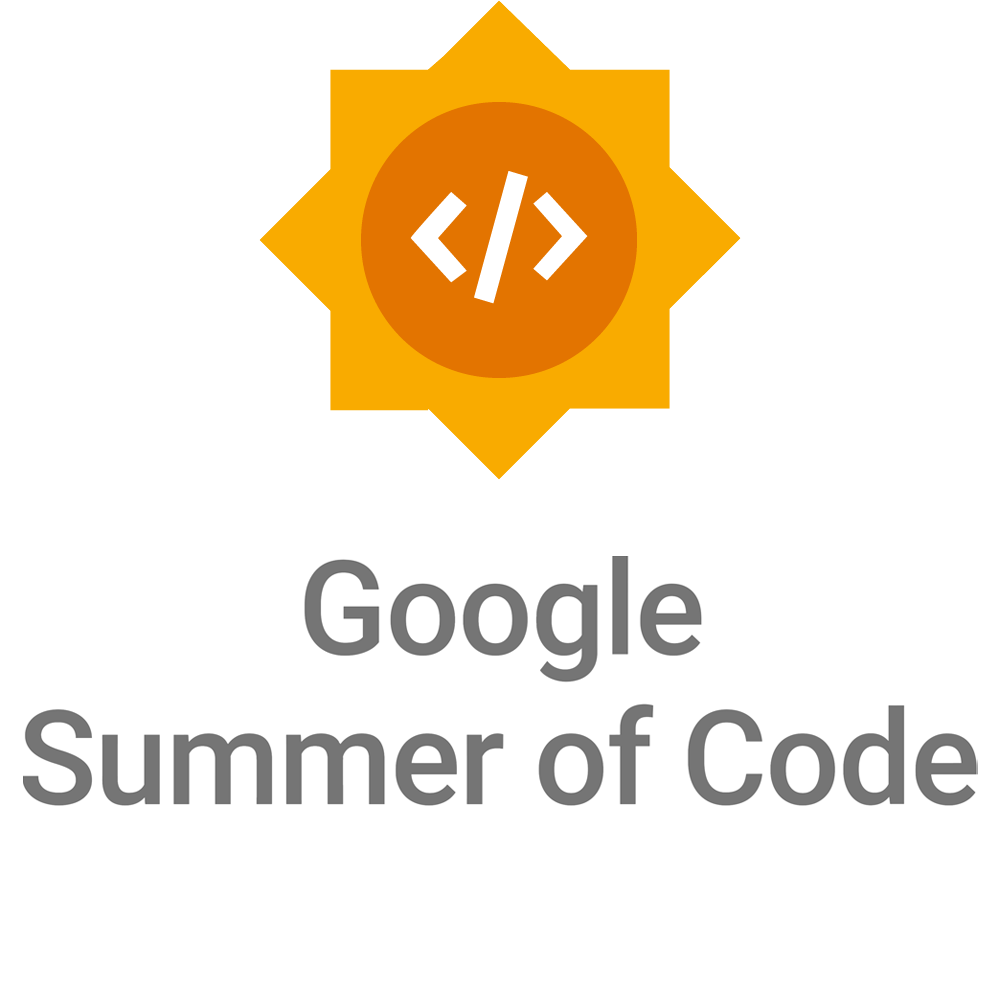Hi everyone! I’m Nemael. I’m a Software Developer with a few years of experience. I recently moved to Toronto, where I’m looking for a Software Development job.
During this summer, I will be participating in the Google Summer of Code 2024, where I will be working on Cable Purpose Autodetection software for LibreMesh. For this project, I will create special configurations that routers can automatically deploy if they detect specific recognizable scenarios.
This first blog post is meant to provide details to understand the project and its implementation.
LibreMesh?
LibreMesh is a modular framework for creating OpenWrt-based firmwares for wireless mesh nodes. As it support most OpenWrt supported devices, following the documentation you can build the firmware and configure the routers to start using them as part of a mesh network. Many communities around the world already use LibreMesh and mesh networks as their network of choice.
There is also a list of available community-specific configurations on LibreMesh’s git. These configurations contain information about how to configure your router (and your network) to join the community mesh network.
Motivations
In some scenarios, routers running LibreMesh benefit greatly from having specific configurations applied, which are not yet natively integrated — As of now, an expert needs to step in and setup these configurations manually, which is not always an option for communities.
For this project, I will take a look at scenarios that would benefit from automatically applied configurations. I will focus on Ethernet ports and WAN networks. As some of these scenario can be recognized automatically at runtime, the idea is to prepare configurations ahead of time, and apply them (either automatically or after pressing a hypothetical “configure router” button) if one of these scenario is recognized. Here are a few scenarios that I will be working on:
- A router is connected to the internet (Most routers use the WAN port for this).
- A LibreMesh running router is connected to another router of the same network using the Ethernet port, to extend coverage.
- A router is connected to a dummy wifi device using Ethernet for a point-to-point link. This occurs, for example, when a router with its original firmware is employed for wifi links, connected to another router running LibreMesh, which manages the routing. This scenario is very uncommon, so it might not be useful to auto-detect such scenarios.
- A cabled client is connected via Ethernet to a LibreMesh running router.
More scenarios might come up, and some might be deemed not occurring often enough to warrant an auto-configuration.
Methodology
I will first work in a virtualized setting, using documentation from the VIRTUALIZING.md file available on LibreMesh’s git. Once the project has progressed far enough to warrant testing on actual hardware, I will either buy a few routers, or will work with Toronto’s Hackerspace to setup LibreMesh’s software on some of their routers.
I forked LibreMesh’s project to work on my own side, and once it is ready and mergeable, I will make a PR which will be ~hopefully~ integrated into LibreMesh’s codebase.
Concluding thoughts
As I am not very much experienced in network management, I took a lot of time before the coding period started to read up on LibreMesh’s documentation, setup a development environment, and to discuss with my mentors about what the project will look like. I am not quite yet finished with that, but things are moving forward quickly! I am very excited for the advancement of this project and how it would fit within LibreMesh 😀
Thank you Ilario for your help writing details in this post, and for your information about the scenarios where it would be useful to have auto configuration.
See you next update!



